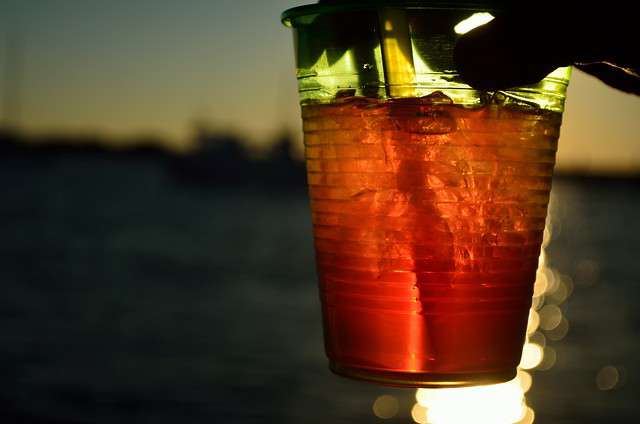
Remember those commercials from the ‘80’s where everyone was blindfolded while trying two different types of cola to determine a winner? Blind taste-tests were all the rage as the beverage industry reached its peak and commercialization hit full swing. Manufacturers were throwing millions of dollars into packaging and marketing ploys to persuade consumers to choose their product. Although brand name packaging has been shown to impact consumer preference, new studies reveal that there is even a greater influence from the ways actual beverage color affects taste perception.

More than packaging and name brand recognition, beverage color alone has the most significant influence over consumer taste perception and choice. Image Source: Flickr’ user Tom Hilton
New taste tests have compared results between brand name labeling and beverage color to determine that the visual look of beverages is the dominating factor in taste perception. JoAndrea Hoegg of the University of British Columbia reported to FoodNavigator-USA.com that, “perceptual discrimination is fundamental to the rational choice in many product categories yet rarely examined in consumer research”. She also stated that study results proved that “two items that tasted the same but were different color were perceived as more distinct in taste than two items that actually tasted different but were the same color”1. With such conclusive evidence on the influence of color over consumer choice, industry leaders are now looking for ways to increase the marketability of their products by utilizing color measurement instrumentation.




